"Scientific Reports" published on February 27 reported the research results of a new species of ankylosaurus fossils discovered in Hu Town, Jinyun County, Zhejiang Province. This species was officially named Jinyunpelta sinensis. The research results were jointly completed by researchers Zheng Wenjie and Jin Xingsheng from the Zhejiang Natural History Museum, Xu Xing from the Institute of Vertebrate Paleontology and Paleoanthropology, Chinese Academy of Sciences, Wang Qiongying from the Jinyun County Museum, and Toyo Ichi from the Fukui Prefectural Dinosaur Museum in Japan. Jinyun Ankylosaurus lived about 100 million years ago, more than 10 million years earlier than previously discovered ankylosaur fossils with tail hammers.
The Jinyun Ankylosaurus fossil in China was recovered in 2013 through a joint rescue excavation by the Zhejiang Natural History Museum, Jinyun County Museum and the Fukui Prefectural Dinosaur Museum in Japan. The fossil materials in this study include two individuals, one of which preserves a complete skull fossil, tail hammer fragments, vertebrae and limb bones, etc., and the other individual preserves part of the rear lower limbs and a complete tail hammer.
Ankylosaurus dinosaurs may be best known for their tail hammers. But in fact, only a small number of ankylosaurs had tail hammers, and the tail hammer only appeared in the later stages of ankylosaurs' evolution. Ankylosaurs may have originated in the Middle Jurassic, but early ankylosaurus fossils are relatively fragmented. The earliest ankylosaurus fossils currently confirmed were found in the Late Jurassic (more than 150 million years ago). Previously, Ankylosaurus fossils with a tail hammer were only discovered during the Campanian and Maastrichtian periods at the end of the Late Cretaceous (approximately 83.6 to 66 million years ago). The oldest Ankylosaurus fossil with a tail hammer preserved is Pinacosaurus grangeri was discovered in northern China and Mongolia and dates back to about 80 to 75 million years ago.
Ankylosauria is divided into two categories: Ankylosauridae and Nodosauridae. Nodosaurs had longer skulls and no tail hammer. Among the Ankylosaurids, the skulls of the more primitive Ankylosaurids were slightly wider than those of Nodosaurus, but they were still longer than they were wide and did not have a tail hammer. Until the more advanced Ankylosaurinae, the skull became wider and a tail hammer developed in the tail. The results of cladistic analysis show that Jinyun Ankylosaurus is the most primitive member of the Ankylosaurine subfamily.
Previously, researchers had studied the tail hammer and tail vertebrae of Ankylosaurus and believed that the tail hammer of Ankylosaurus gradually became larger after it appeared. The widest part of the tail hammer of Jinyun Ankylosaurus is about 45cm. Such a large tail hammer appears on the armor of Ankylosaurus. The early stage of dragon evolution shows that the evolution of tail hammers is not strictly from small to large, and is far more complicated than previously imagined.
Previous research in Zhejiang has named two ankylosaurus fossils: Lishui Zhejiangosaurus and Yangyan Dongyang Shield Dragon. The classification of Lishui Zhejiangosaurus is still controversial. It was previously classified as nodosauridae, but in the latest analysis it was classified as ankylosaurids. Due to the lack of some unique characteristics, it was considered an invalid species by some researchers. Lishui Zhejiangosaurus has preserved its complete tail vertebrae, and it can be confirmed that there is no tail hammer development at the end of the tail, which is different from Jinyun Ankylosaurus. Dongyang Shield Dragon has no preserved tail vertebrae, but has preserved the healed sacral scutes, and belongs to the nodosaur group. At least 5 individuals of Jinyun Ankylosaurus have been discovered so far. It is the most complete preserved ankylosaurus fossil discovered in southern China. The discovered fossils basically cover all parts of the body. Professionals from the Zhejiang Natural History Museum analyzed Jinyun Ankylosaurus based on the discovered fossils. The dragon was restored and mounted. After restoration, the total length is about 5 meters and the height is about 1.3 meters. The discovery of Jinyun Ankylosaurus shows that a variety of ankylosaurid dinosaurs lived in Zhejiang during the Cretaceous, including nodosaurids and ankylosaurids.
This research was funded by the National Natural Science Foundation of China, the Open Fund of the State Key Laboratory of Modern Paleontology and Stratigraphy, and the Jurassic Foundation.
Original link: https://www.nature.com/articles/s41598-018-21924-7
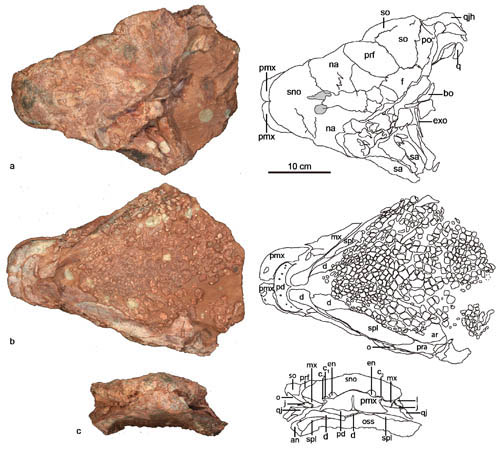
Figure 1 Skull of Jinyun Ankylosaurus from China (Photo provided by Zheng Wenjie)
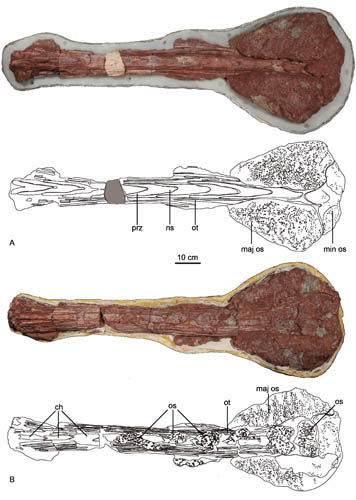
Figure 2 The tail hammer fossil of Jinyun Ankylosaurus from China (photo provided by Zheng Wenjie)
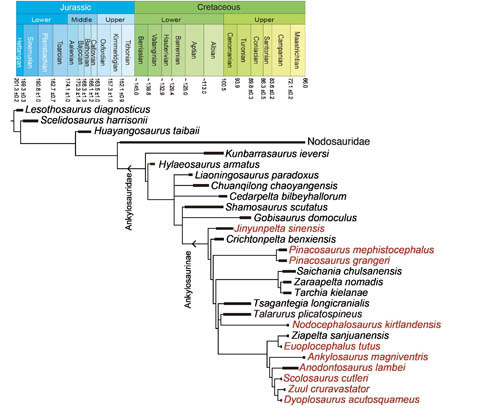
Figure 3 Phylogenetic position of Jinyunpelta sinensis in China, red font shows ankylosaurs with tail hammers (Photo provided by Zheng Wenjie)
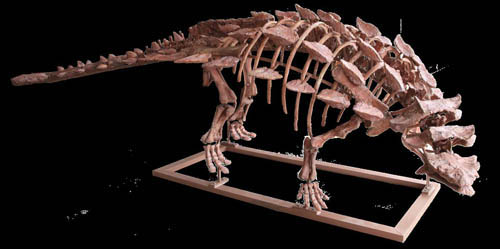
Figure 4 Reconstruction of the skeleton of Jinyun Ankylosaurus from China (Photo provided by Zheng Wenjie)
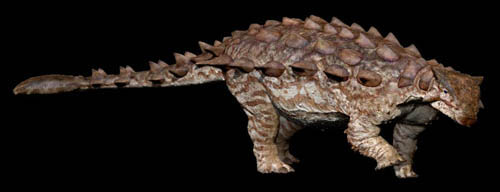
Figure 5 Restoration map of Jinyun Ankylosaurus in China (painted by Zhang Zongda)
animal tags: ankylosaurus fossil dinosaur evolution
We created this article in conjunction with AI technology, then made sure it was fact-checked and edited by a Animals Top editor.